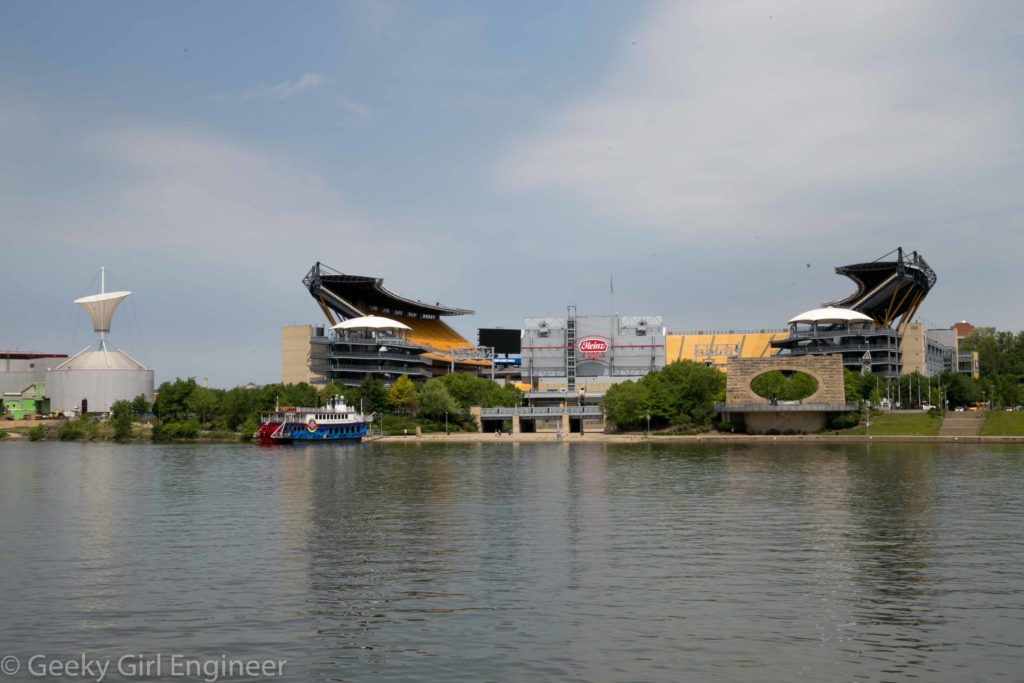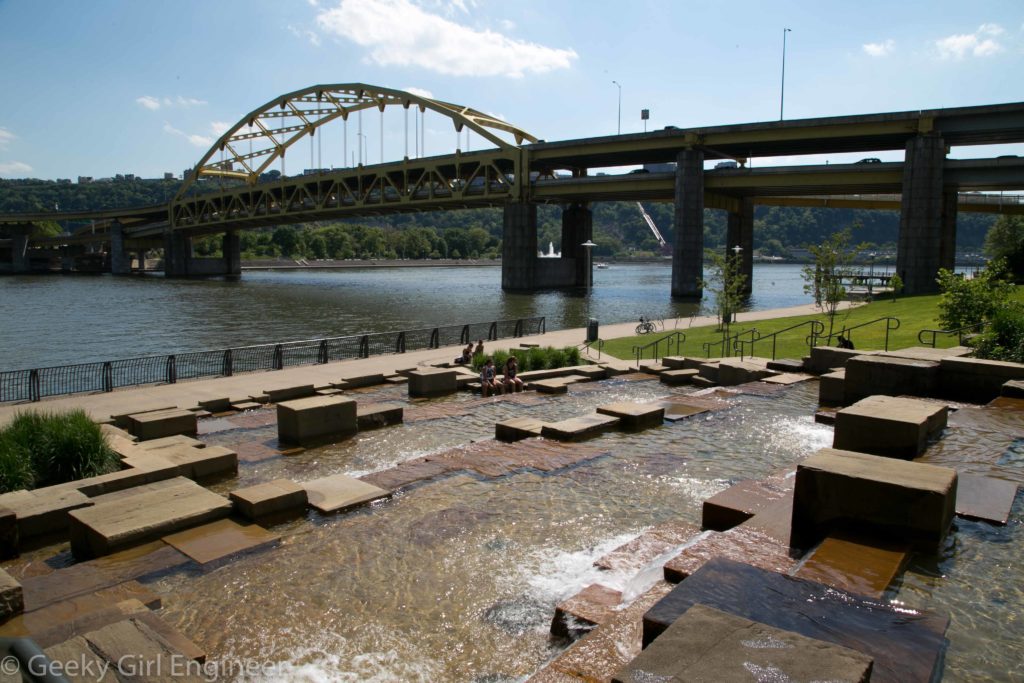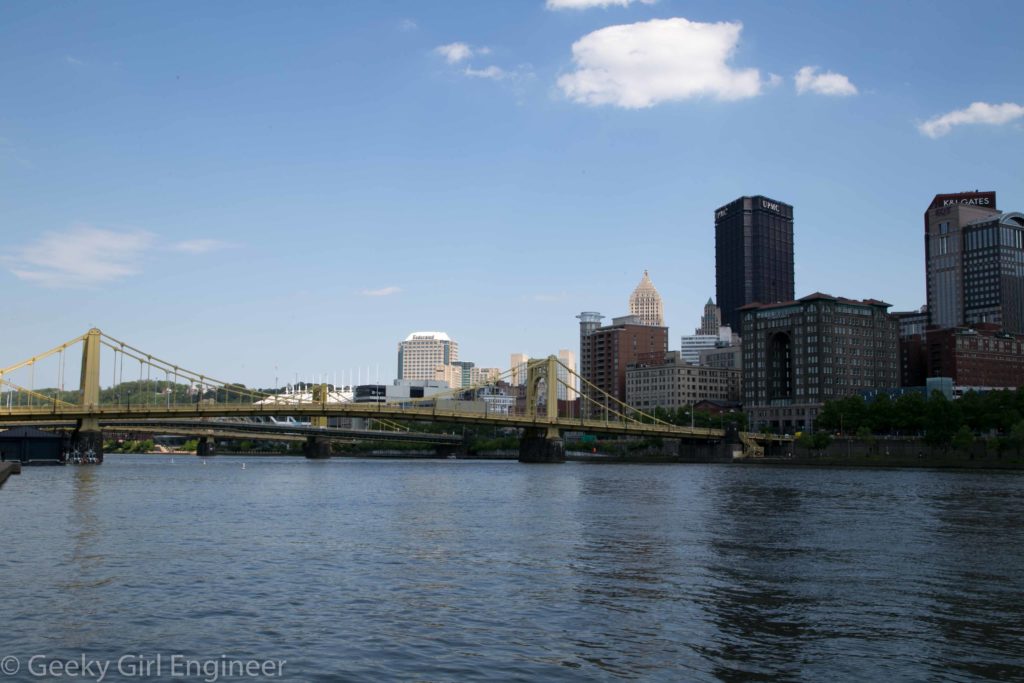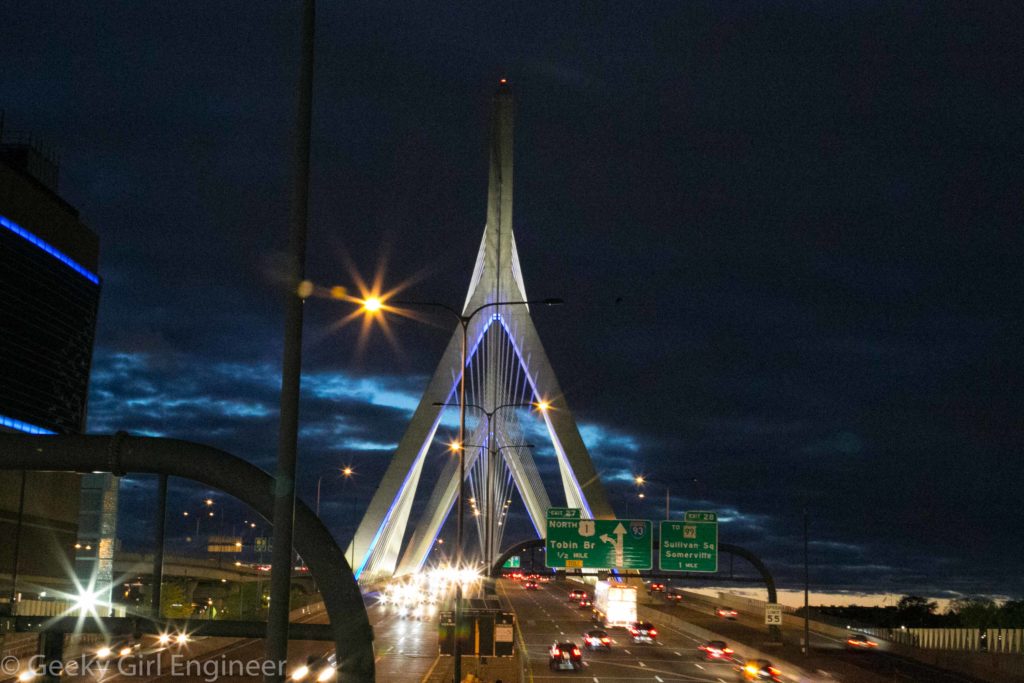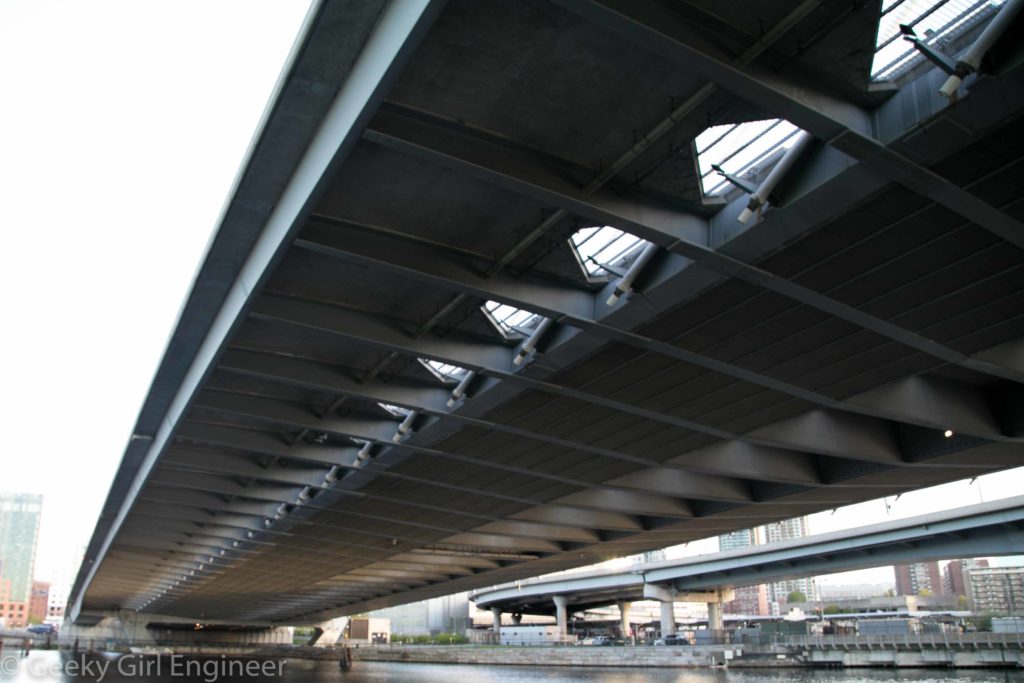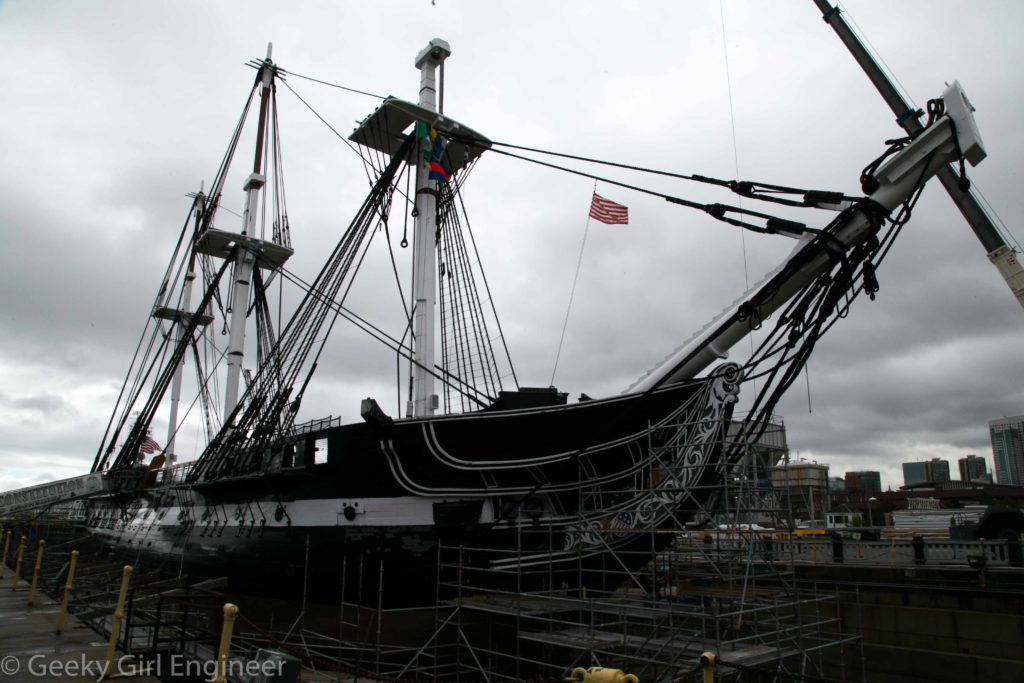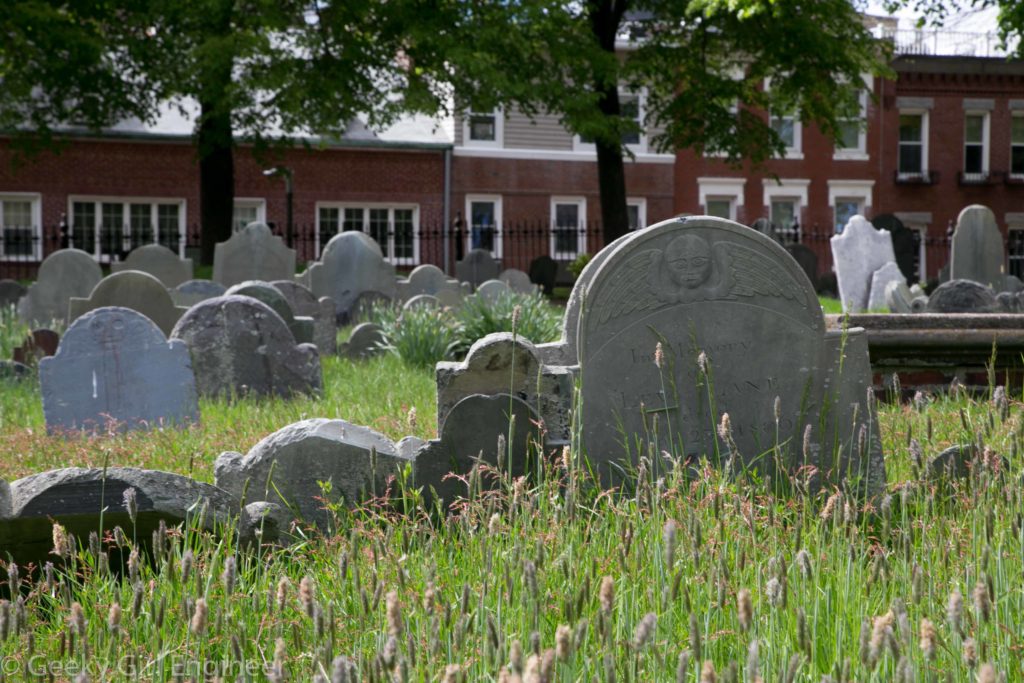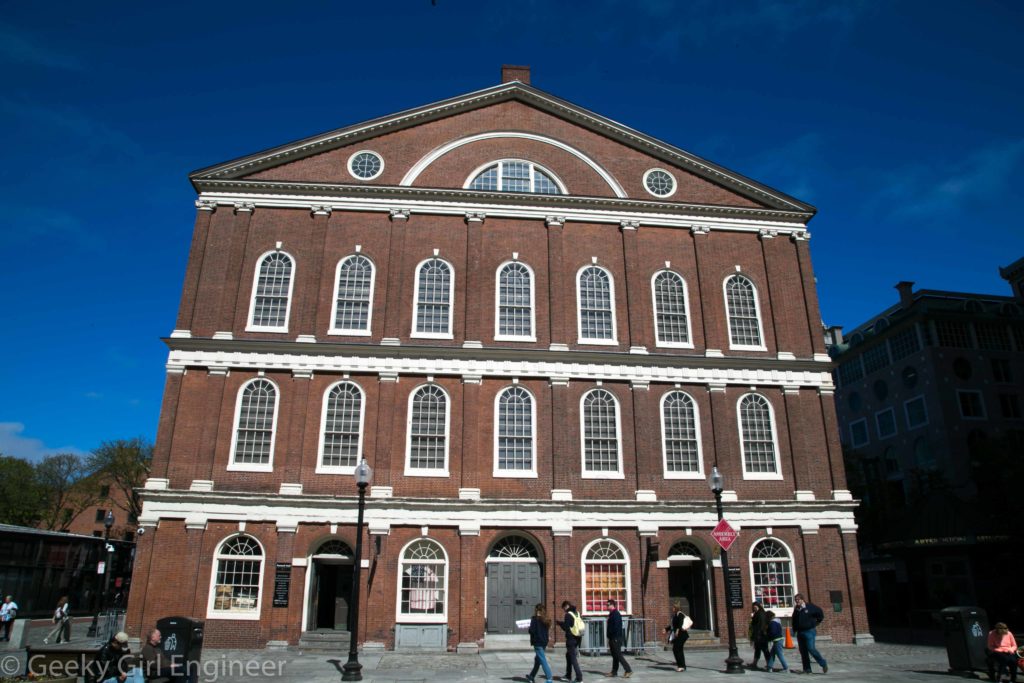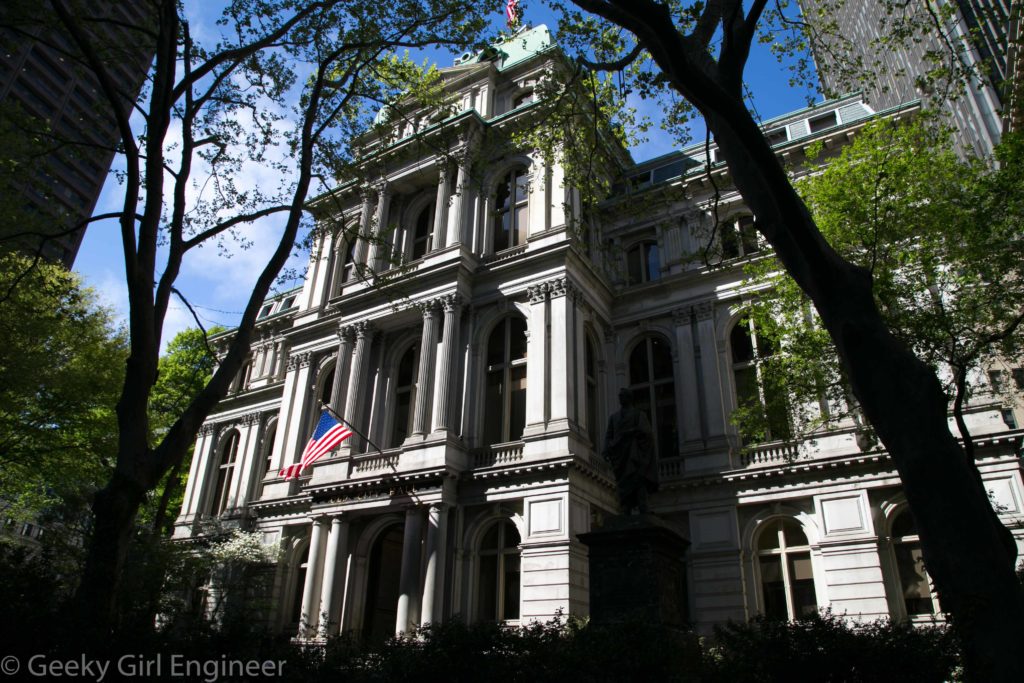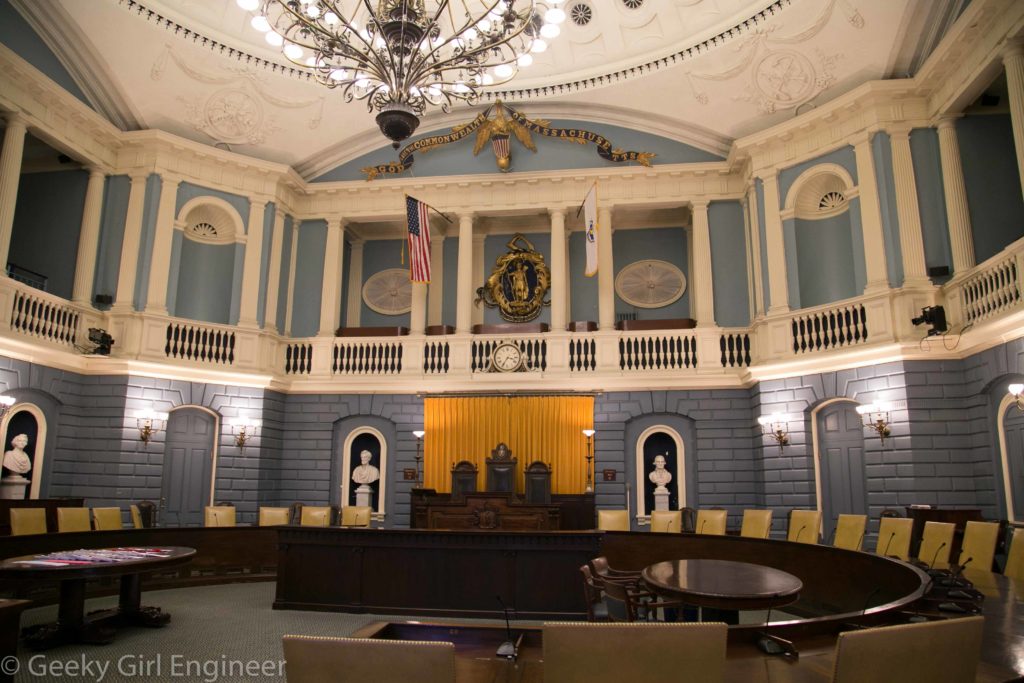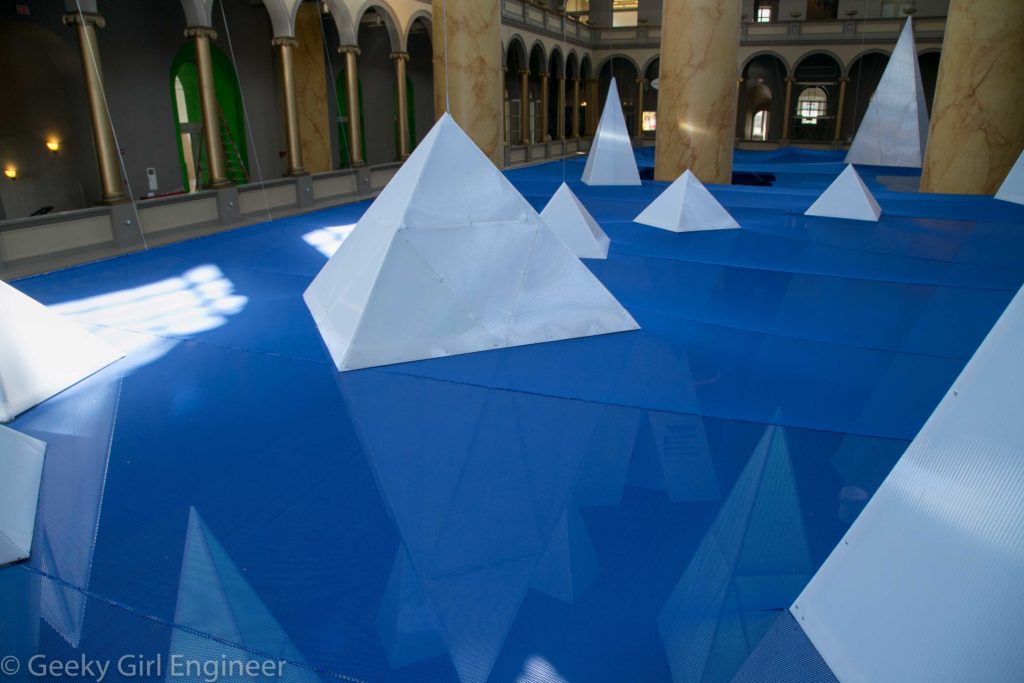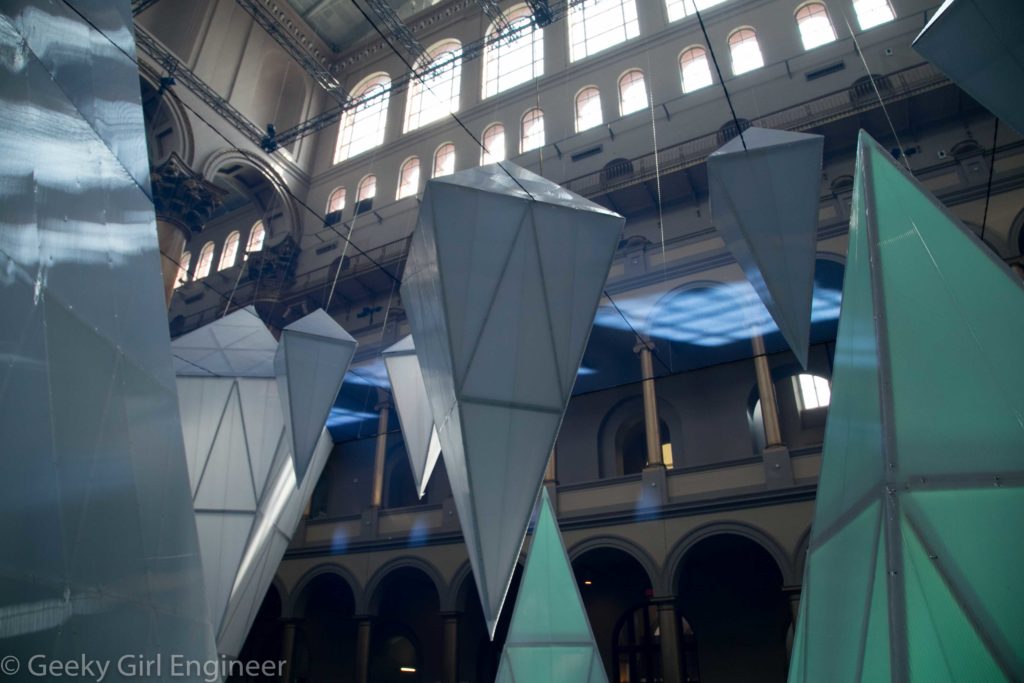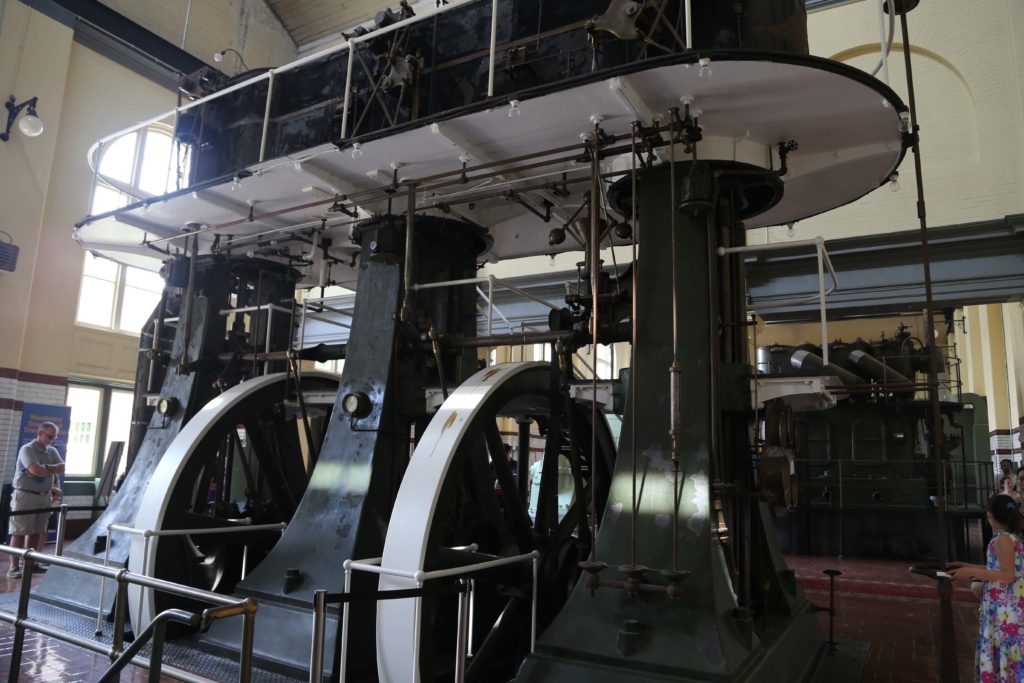This is the Duquesne Incline in Pittsburgh. It is considered part of the public transportation system of Pittsburgh.
 It is also a wonderful place to view Pittsburgh, especially downtown, and many of its bridges. If you are ever in Pittsburgh, go there. The ride is fun, and the view from the viewing platform at the top is amazing. As a side note, Pittsburgh has a lot of bridges, and they are all lovely.
It is also a wonderful place to view Pittsburgh, especially downtown, and many of its bridges. If you are ever in Pittsburgh, go there. The ride is fun, and the view from the viewing platform at the top is amazing. As a side note, Pittsburgh has a lot of bridges, and they are all lovely.






Tag Archives: architecture
PPG Place
It is probably a photographer thing, but sometimes I see something, and I just have to take a thousand photographs of it to capture how interesting it is or the cool way it looks. This is particularly true when I see really interesting architecture with interesting lines or reflections or curves or whatever. The Comcast Center in Philadelphia was one such building because of the way it almost disappeared into the sky. PPG Place in Pittsburgh is another such piece of architecture. It is not so much the shape of the buildings, but it is the way they reflect the buildings around them that I find so interesting. I love reflections. I love photographing reflections. I also love how somewhat similar to Comcast Center, it almost blends into the sky by reflecting the blue. So while in Pittsburgh, I took a huge number of photographs of PPG Place because I was just so intrigued and captivated by the way it reflected its surroundings. 







Pittsburgh
I wanted to get away for a short vacation, so I went to Pittsburgh for a day. Why Pittsburgh? Well, why not? Also, getting to and from Pittsburgh involved two very pretty, long train rides, which was half the reason for the trip. Anyway, Pittsburgh is an amazingly walkable city, especially downtown. You can walk across all (I think) the bridges, and there are pedestrian and bike paths everywhere. Downtown has a lovely mix of old and new buildings. Basically I could wander around for a day taking photos, which was exactly what I wanted and what I did.

The white in the background is the convention center roof, which I assume was designed to have the same catenary curve as the suspension bridges seen in foreground
Leonard P. Zakim Bunker Hill Bridge
I have this thing for bridges. I love them. However, I have a particular thing for cable-stayed bridges. They are my favorite. I love the simplicity of them. They are modern, sleek, functional, graceful, and gorgeous, all at the same time. Boston has a cable-stayed bridge right next to downtown, the Leonard P. Zakim Bunker Hill Bridge, by which I-93 crosses the Charles River. So naturally, while in Boston, I took a lot of photos of this bridge. Here are just a few.
Boston’s Freedom Trail
While in Boston, I walked the entire 2.5-mile Freedom Trail. It is a nice walk except for avoiding all the street construction. I have to admit also, as a tourist, it is nice not to really have to check a map, but rather just follow a red brick path in the sidewalks. I previously posted photos of the Massachusetts State House and the Bunker Hill Monument. Here are a few more photos from sites and just views along the Freedom Trail.
A brief explanation of why I am posting the below photo. There is a T (subway) train station right below the Old State House, with an entrance through the building. As an engineer, I find this amazing. Consider how old the building is and the studies of the building that must have occurred to determine it could handle both the space being dug out of its foundation and also the ability to take vibrations from the subway and people going in and out of it.
Massachusetts State House
I have a goal to visit all 50 state houses. I am in Boston for a few days, so I was able to visit the Massachusetts State House. The State House is very pretty with a whole lot of marble. There is a definite sea theme in it, with waves and fish in many different areas. There is a large fish in both the House of Representatives and the Senate Chamber. The main portion (or pretty area as one worker there called it), is smaller than I originally thought it would be. However I guess the actual working area is generally more functional, not as pretty.
Lowline Lab
Many people are familiar with New York City’s Highline, which has become a really popular spot with tourists and residents. It it is really cool, and beautiful all year round, in the dead of winter and in bloom. Because of the Highline’s success, some people came up with the idea of the Lowline. The Lowline would make use of of the abandoned Williamsburg Bridge trolley terminal under Delancey Street, which is right next to the Essex Street subway station. However, the somewhat radical idea for the Lowline is that it would make use of sunlight to light the space, which is completely underground. To help design and work out issues with this idea, the Lowline Lab was created. It is now closed, but luckily about a month ago I got to tour it.
I encourage your to click the hyperlink to my photos of the Williamsburg Bridge trolley terminal under Delancey Street because in order to comprehend the challenge of this project, you really need to see the space as it is now.
Icebergs DC
In what is now an annual tradition, the National Building Museum creates a fun, exhibit or installation in which children and adults can play. Last year it was The Beach, and the year before it was The Big Maze. This year, it is Icebergs. The museum’s great hall is filled with structures resembling icebergs, and blue mesh surrounds them to denote the water. The “water line” is about two stories high with the tops of many icebergs popping above it, like real icebergs. The exhibit is complete with an underwater bridge between two icebergs, which leads to two slides. White bean bags are scattered about, so you can sit down and relax.
Cass
To wrap up my trip to scenic railroads in West Virginia, my tour group visited Cass, where the Cass Scenic Railroad is based. Cass is now a state park, but it once was a company town, built to support the logging operations and mill. The company store and many of the company houses are still standing. All the company houses were built the same and are basic, yet today, they still look charming. Cass was famous for having wooden sidewalks on all its streets. The town still does have wooden sidewalks, but obviously they are not the original ones. The mill burnt down, but remnants of it still remain. A newer train shop is there also, and if you are lucky like me, you can get a tour.
![Cass jail in the basement of the building that has the mayor's office and council chambers on the top floor. [There is a modern day political joke in there.]](http://www.geekygirlengineer.com/wp-content/uploads/2016/06/IMG_8355-1024x683.jpg)
Cass jail in the basement of the building that has the mayor’s office and council chambers on the top floor. [There is a modern day political joke in there.]

The ovens of the former mill. In the third oven, stacks of wood are present. The mill was closed so suddenly that the wood was left still in the oven.
A short video of the Cass Scenic Railroad rolling to the station and stopping to pick up water.
High Level Pumping Station
As part of Doors Open Toronto, I visited the High Level Pumping Station. It is the oldest building in Toronto’s water supply system. The oldest part of the building dates back to 1906 with other additions added later until the final one in 1953. The building houses a vertical triple expansion steam engine from 1909 with a huge crank and flywheel, not to mention a lovely set of huge wrenches hanging next to it. The building also houses a steam-geared centrifugal pump. However neither of those are used anymore but instead have been replaced with nine electric motor-driven pumps to fulfill the pumping station’s objection of conveying drinking water to that area of Toronto.







